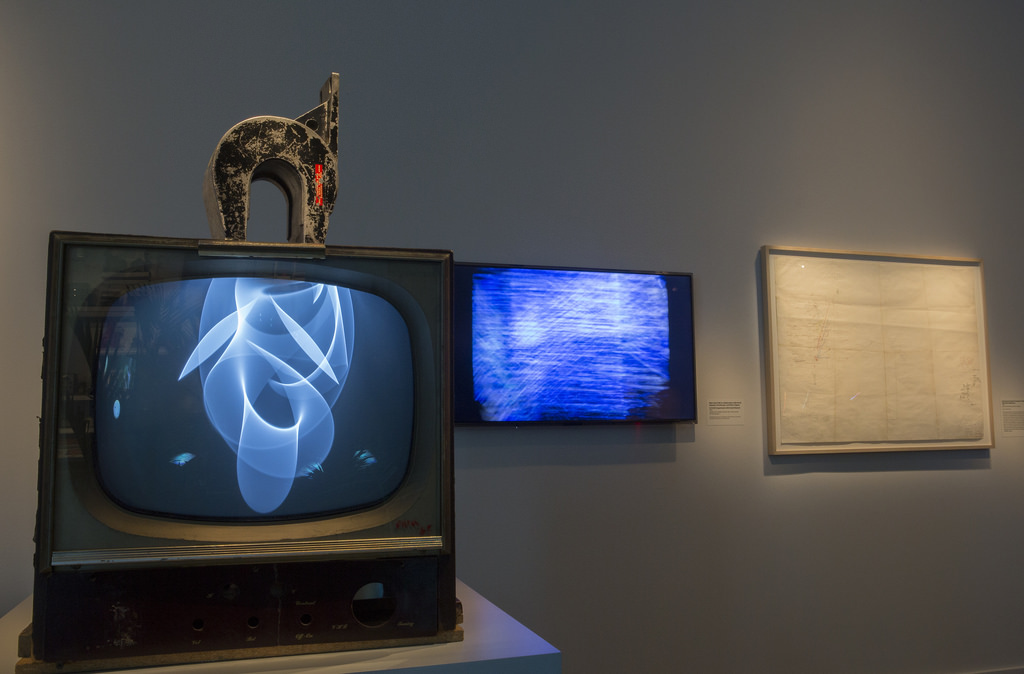
Cybernetics
In 1948, Norbert Wiener derived this word from a Greek word, cybernēticḗ (meaning governance), and defined as “the scientific study of control and communication in the animal and the machine” in his essay. Nam June Paik described the impact of it as “the exploration of boundary regions between and across various existing sciences”1. Yet, Ascott suggested that the spirit of cybernetics “offers the most effective means for achieving a two-way exchange between the artwork and its audience”2. In the 21st century, the term is often used in a rather loose way to imply “control of any system using technology.”
As my aspect, it might be defined as a scientific approach of how humans, animals and machines communicate with each other through a practical action or interaction.

Nam June Paik
Together the historical concepts of cybernetics, and art works by him, have influenced how electronic art is conceptualized today. His artworks usually combined music aesthetic with technical and performative concern of new electronic media, such as a series of manipulated television sets and the Robot K-456. Personally, there are two crucial elements which indicate the contribution of cybernetics:
1. His use of cybernetics has left an important legacy for contemporary media art
2. Giving a new way to think about the machine in art
Just Paik said “Cybernated art is very important, but art for cybernated life is more important, and the latter need not be cybernated”3, I think he wants to convey if the artwork critiques society through a new technology and medium, society can learn and then grow from it.

Magnet TV
Magnet TV is an early example of Nam June Paik’s “prepared televisions,” in which he altered the television image or its physical casing. Physicist Norman Bauman describes the experience of holding a magnet to a television, and the thrill of seeing magnetic fields in motion. “When you learn to play a Paik TV, you are forced to see these patterns of technology in terms that are different from those you learned in physics”4.
Actually, after I searched the relevant studies of cybernetics, there are numerous results and quotes , but it is quite difficult to get a consensus or conclusion to describe what is cybernetics simply. However, I am still fascinated to Magnet TV, and convinced that a good artwork is always beyond the times. This is a quite interesting art of how human, human’s action and machine interact.
Reference
1. NJ, Paik (2004). Paik in Global Groove 2004, p.107.
2. Ascott, R. (1966). Behaviourist art and cybernetic vision. Cybernetica, 9(4), p.247.
3. Wikiquote, NA. from https://en.wikiquote.org/wiki/Nam_June_Paik.
4. S, Ballard (2013), Reichardt, [9] p.43.
